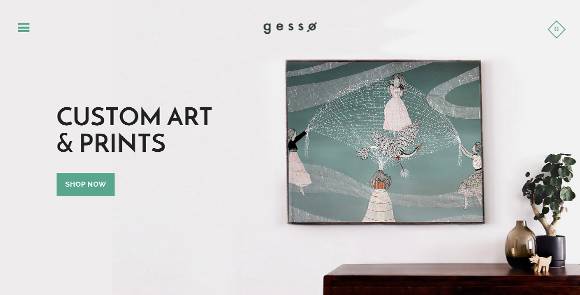
At Barrel, the Producer takes the lead in managing projects from start to finish. I handle day-to-day communications with the client, manage the budget and schedule, and coordinate meetings. But before all that, I can’t emphasize enough the importance of properly getting the team on board the project. I’ve learned that putting effort into the team’s on-boarding process is crucial to the project’s success, and it requires time, attention, and thought, even if team members are ones you’ve worked with for years.
Here are some general guidelines for creating a meaningful start to a project for the team:
1. Do the discovery together
At Barrel, the Producer equips the team with information about the client (history, industry, audience, and goals) before the kick-off meeting. Avoid treating this process as simple knowledge transfer and don’t talk at people in a one-way presentation. People zone out. Project ownership becomes weak. So instead of giving a lecture, I ask the team to first do their own research to raise their level of participation. They do 30-45 minutes of background work about the client and the industry, and then we discuss the project together.
2. Make it memorable
When adding to the team’s research, make it interesting and jargon-free. Instead of regurgitating the client’s mission statement, explore different types of content and create a story. I’ve used pull quotes, press mentions, photos, video clips, and audio snippets as hooks to start meetings. This not only grabs the attention of the team, but also makes it easier for the team to understand the client’s goals and how they work.
3. Discuss Big-Small-Big
Discuss the big picture goals first, then move on to the smaller week-by-week execution details, and then tie everything back to the big picture. The big goals often answer questions like: Why is the client doing this project now? What are the problems we’re trying to solve with this project? How does the project impact their business/organization? The smaller execution details answer questions like: How many rounds of design feedback do we have? Will the wireframes be high fidelity or low fidelity?
I like to write the big picture goals on the whiteboard while reading the words out loud so that there are both visual and vocal elements to the meeting. I cover more detailed items on a handout passed out midway through the meeting, so people can engage in discussion first, before referring to a sheet. At the end, I do a quick recap that ties everything back to the big goal. The big-small-big format connects goals to actions and links the aspirational impact of the project with the more tactical logistics such as timeframe and scope.
4. Generate questions
Being honest about the unknowns and talking openly about what might be confusing is a great way to identify areas that need greater clarification. Everyone on the team (including the Producer) needs to feel comfortable asking questions and admitting that they need more information. Set aside 5-10 minutes of dedicated brainstorm time for people to open up and make sharing unknowns less taboo. You might end up with a longer-than-expected list – but that becomes a handy tool for mitigating potential risks.
Using these guidelines to plan recent project on-boarding has gone a long way in improving the team’s overall collaboration and project ownership. I’ve found that giving the team a strong on-boarding experience for the project helps to set a positive tone for the entire process and ultimately results in a better final product.




